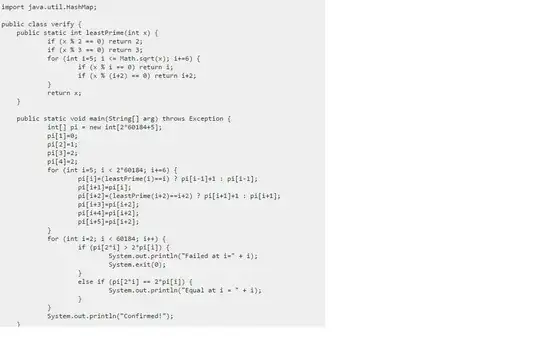In our analytic number theory class we were given the following problem as homework: prove rigorously that for large $x$ the number of primes in $(1,x]$ exceeds that in $(x,2x]$.
In class we proved the prime number theorem, and then proceeded to prove several results such as $\pi(x) = Li(x) +O(x^\theta \ln x)$ and the explicit formula for $\psi_1(x)$.
This is clearly quite intuitive but I'm lost as to what I can use to prove the result. Any help is greatly appreciated.
